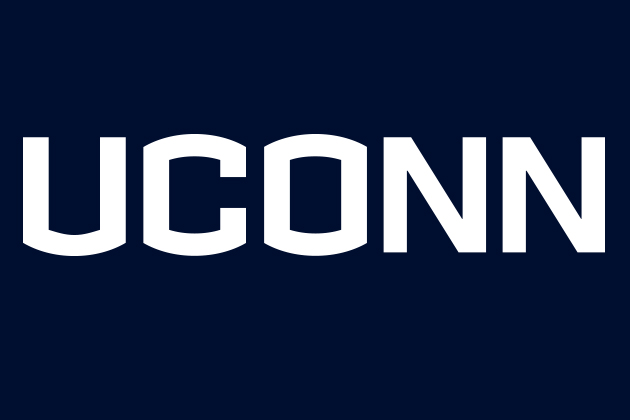UConn’s high academic quality remains solid as it retains its spot among U.S. News & World Report’s top 25 public institutions, but a change in the way schools’ financial resources are calculated has hurt the university just as other institutions are competing to catch up and, in a few cases, have leapfrogged ahead this year.
UConn this year is ranked No. 24 among public universities in the listing, down from last year’s spot at No. 22.
All told, the data released Monday paint a picture of an academically strong university that consistently attracts top talent, retains and graduates those students in high numbers, and is well regarded by guidance counselors and in higher education on the national stage.
In fact, UConn stayed steady or improved in all measures of institutional quality this year in the rankings, including student retention and selectivity, graduation rates, academic reputation and faculty resources.
With the average undergraduate earning a degree in 4.2 years, UConn is fourth in the nation in that metric among public universities. It’s also a leader in freshman retention rates, with 93% of students returning after their first year; and the average SAT scores of incoming freshmen remain among the best compared with peer institutions.
However, this year’s U.S. News rankings also show other institutions stepping up their game amid intense competition for talented students and faculty – while at the same time, UConn’s strong, steady academic profile hasn’t been enough to counteract the effects of a change in the way financial resources are reflected.
Based on results in each of the specific metrics, UConn likely would have remained at last year’s No. 22 mark this year except that two institutions – Florida State and University of Pittsburgh – made large enough gains to reshuffle the rankings, moving past UConn and several other institutions into the top 20.
“UConn is among the top 25 best public research universities in the nation, and we are very proud of that,” UConn President Thomas C. Katsouleas said. “Rankings are very important, but our strategy at UConn is not to chase this or any ranking. Rather, we are going to pursue what we value, building the strength of the institution, recruiting talented students and faculty, engaging our alumni and growing research, fully expecting the rankings to follow us.”
UConn’s ranking this year was also affected, albeit to a smaller degree, by the measure of living alumni who donate to their institutions, which counts for 5% of U.S. News’ overall rankings. In UConn’s case, just shy of 9% of living alumni with bachelor’s degrees donated in the two-year span that the ranking considers, continuing a decline in recent years.
“That is something we have control over and we fully expect to turn it around,” said Katsouleas.
While fewer alumni have given to UConn, UConn is raising higher dollar amounts. The UConn Foundation recently reported it raised $71 million in fiscal year 2019, and has raised nearly $382 million in the last five years.
With the measure of financial resources counting for 10% of each school’s U.S. News & World Report scores, UConn’s ranking has dropped since the new methodology was introduced.
Universities’ financial resources are measured on a two-year average of spending per student, using data that each school reported for the federal Integrated Postsecondary Education Data System (IPEDS).
That has always included fringe benefit costs borne by the schools. Starting in fiscal year 2015, IPEDS also included costs an institution pays as part of their state’s attempts to catch up on pension obligations that had been underfunded over previous years.
Because Connecticut’s unfunded pension costs are among the nation’s highest – and UConn has paid tens of millions of dollars annually toward them – UConn’s financial resources number and rank in the IPEDS were higher in FY15 and FY16.
However, U.S. News last year directed universities to identify how much of their IPEDS figures represented the unfunded pension liability, changing its methodology so those costs would not be considered in the per-student spending tally used in the rankings. A second change in the methodology used by U.S. News this year measures the graduation rates of students who receive Pell Grants at each university.
That would suggest that if all other factors remained even, next year’s ratings could stabilize – except that fails to include the heightened competition that UConn faces, both from its traditional peer institutions and from others who are climbing due to targeted initiatives or investments.
The effects are already being seen in this year’s rankings, where UConn is tied this year for No. 24 with the University of Maryland at College Park and the University of Massachusetts at Amherst.
Despite those challenges, UConn has shown consistently strong academic performance, including in this year’s U.S. News rankings, which show:
- Consistently high average freshman retention rates and six-year graduation rates, at 93 and 83%, respectively.
- A strong reputation for the quality of its undergraduate programs, as assessed by peer institutions and high school guidance counselors.
- Consistent strength in student selectivity measures, including impressive growth over time in the average incoming freshman’s SAT score (a record high of 1306 in fall 2018, compared to 1226 in fall 2012).
- Strong performance in faculty resources, including having a particularly highly educated faculty – about 93% have the highest degree attainable in their field.



